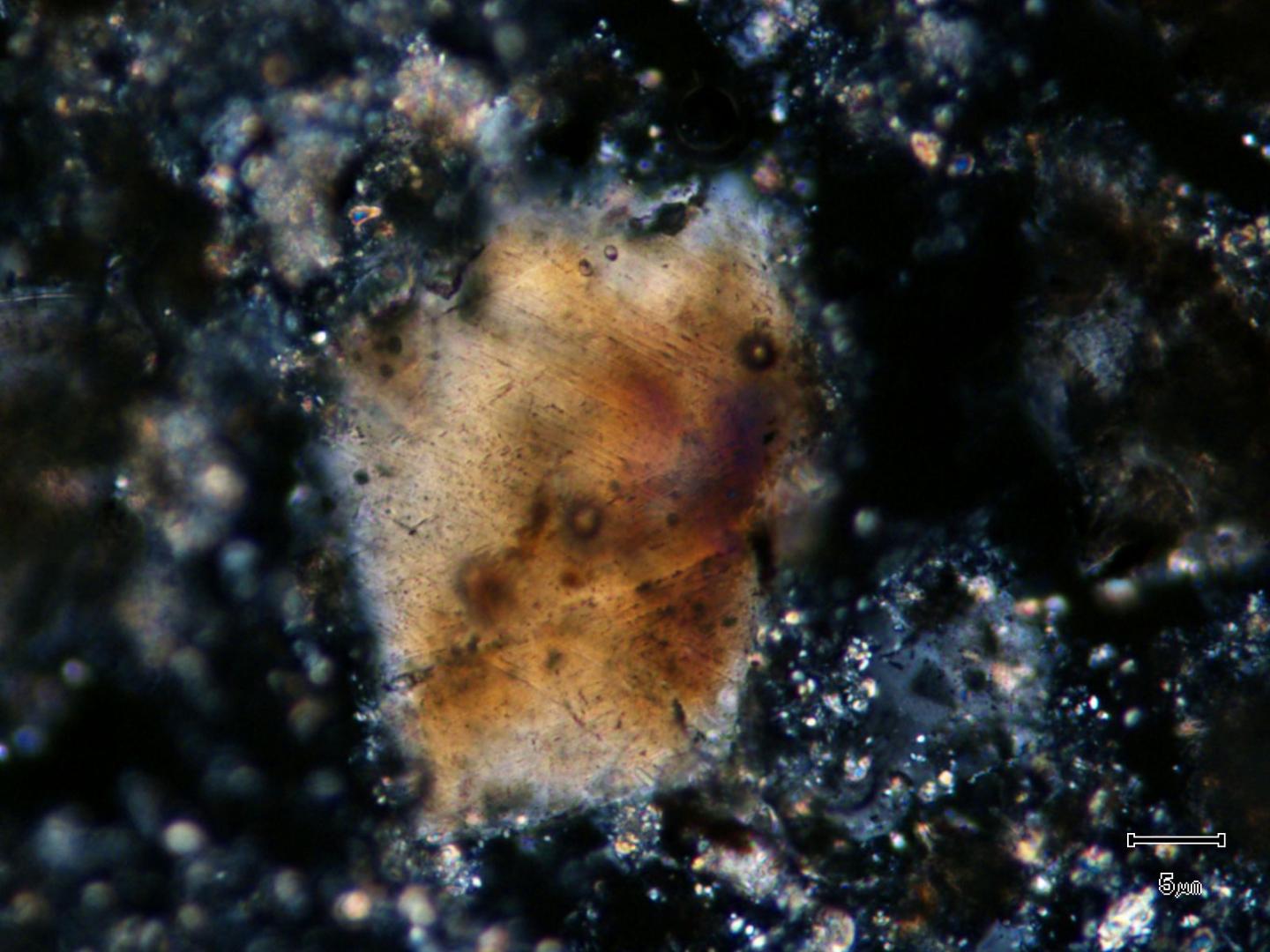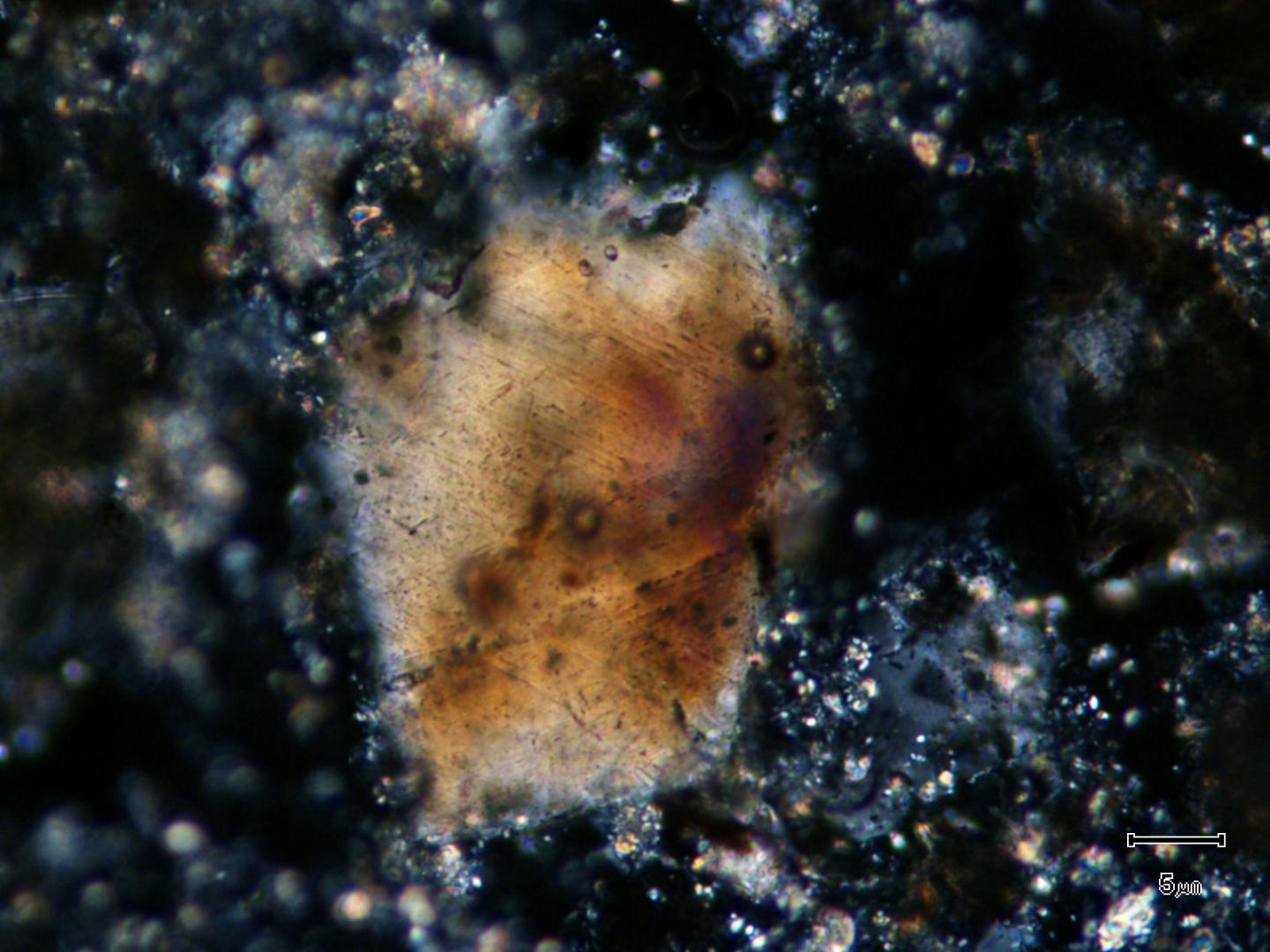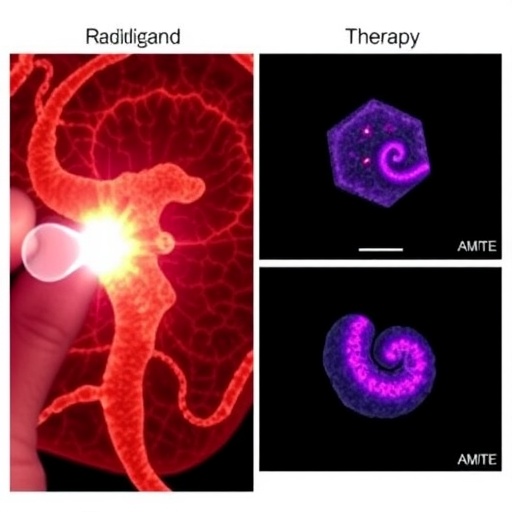
Credit: @ECORD_IODP
The first results of a recent drilling expedition at Chicxulub crater – one of the only known craters on Earth with a well-preserved "peak ring" – reveal how it collapsed to form a complex crater. The insights confirm one of two prominent theories that best describe this type of structure, and provide a better understanding of crater-related deep subsurface processes. Medium and large-sized craters often exhibit a central peak, which in some cases may evolve into a peak ring, an uneven ring of rocky hills within the crater bowl. Most peak rings exist on extraterrestrial bodies, such as the Moon or Venus, making it difficult to analyze these structures in great detail. On Earth, the most well-preserved crater with a peak ring is Chicxulub, the roughly 200 kilometer-wide basin in Mexico's Yucatán Peninsula. Here, to better understand processes underlying the formation of peak rings, Joanna Morgan and colleagues used data on seismic and sonic waves, and core samples from between roughly 500 to 1,300 meters below the seafloor of Chicxulub, obtained during a drilling expedition in the spring of 2016. Following further analysis, including numerical simulations, they report that their results align with the dynamic collapse model theory of crater formation, where the central peak collapses to form a ring of peaks. Their analysis rules out an alternative hypothesis that suggests that, as the center of the peak is uplifted, melting of the uppermost part of the peak causes the material to disperse into a ring of peaks. A Perspective by Penny Barton delves into these findings in greater detail.
###
Media Contact
Science Press Package
[email protected]
202-326-6440
@AAAS
http://www.aaas.org
############
Story Source: Materials provided by Scienmag





